Mastopexy
Without
GalaFLEX™ Scaffold
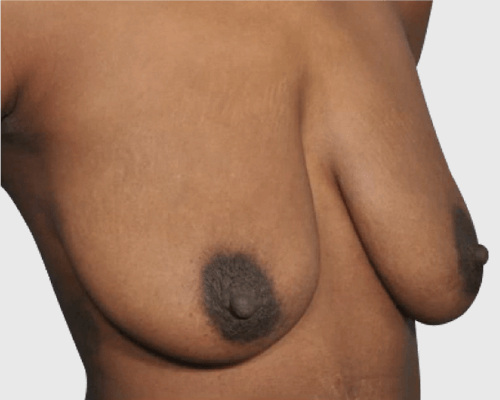
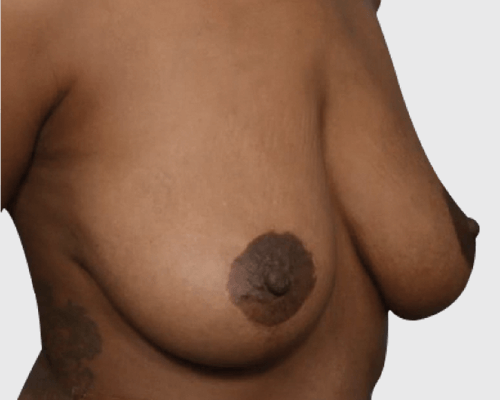
9 months
With
GalaFLEX™ Scaffold

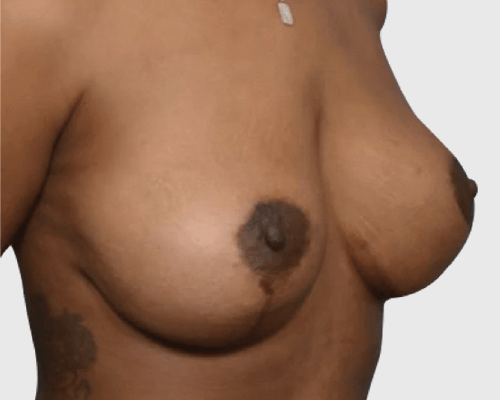
2 years
Breast reduction
With
GalaFLEX™ Scaffold
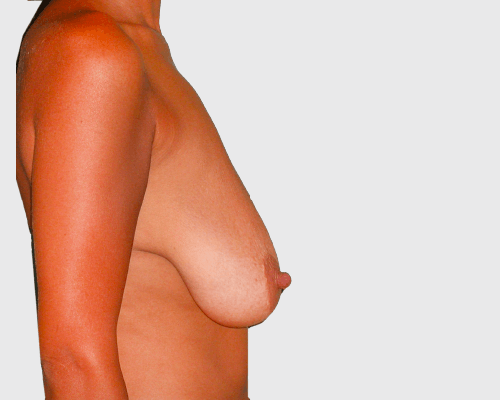

5 years
Breast reduction
With
GalaFLEX™ Scaffold
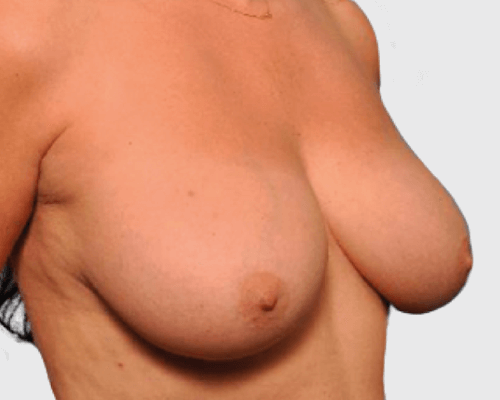
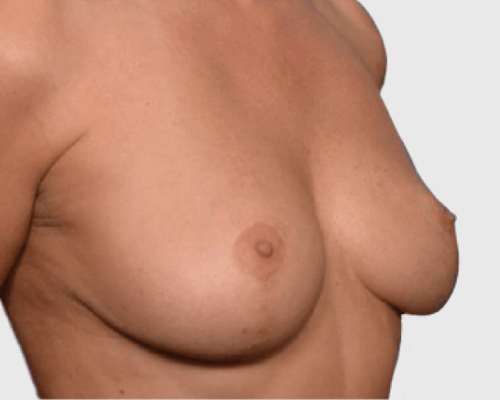
4 months
Mastopexy augmentation
With
GalaFLEX™ Scaffold


2 years
With
GalaFLEX™ Scaffold

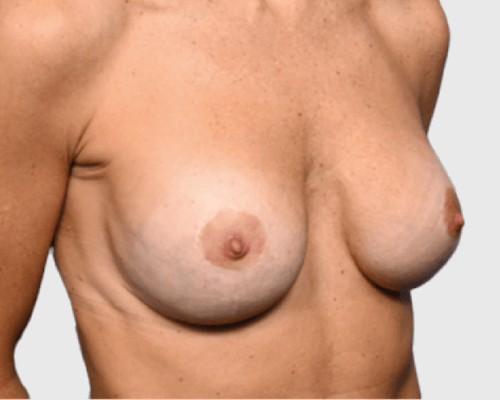
10 years
Breast augmentation
With
GalaFLEX™ Scaffold
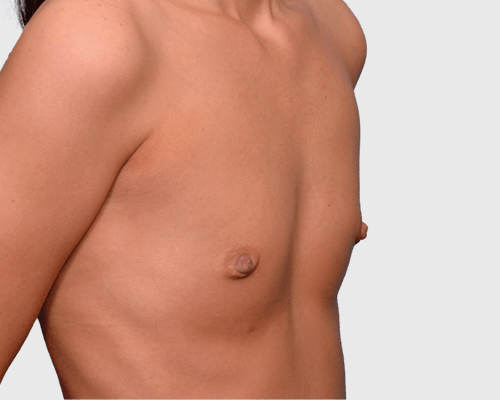
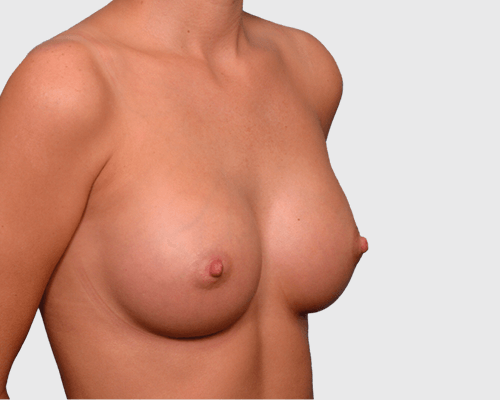
1 year
Before and after photos of patients who received GalaFLEX Scaffold Internal Bra™ for soft tissue support during an aesthetic breast procedure. Breast lift procedure photos provided courtesy of Dr. Van Natta (US) and Dr Roy de Vita (Italy). Photographs serve as examples only, and do not constitute an implied or any other kind of certainty for the result of a surgical procedure where GalaFLEX Scaffold Internal Bra™ is used. All surgical results are subject to the individual results for the patient and the normal variability of clinical procedure results.
References:
1.Williams, Simon F., David P. Martin, and Arikha C. Moses. “The History of GalaFLEX P4HB Scaffold.” Aesthetic Surgery Journal 36.Suppl 2 (2016): S33–S42. PMC. Web. 1 June 2017.
2.Deeken CR, Matthews BD. Characterization of the Mechanical Strength, Resorption Properties, and Histologic Characteristics of a Fully Absorbable Material (Poly-4-hydroxybutyrate-PHASIX Mesh) in a Porcine Model of Hernia Repair. ISRN Surg. 2013;2013:238067. Published 2013 May 28. doi:10.1155/2013/238067.
3.GalaFLEX™ Scaffold Instructions for Use.
4.Preclinical data on file. Results may not correlate to clinical outcomes.
5.No scaffold is indicated for use in contaminated or infected wounds.
6.Pineda Molina C, Giglio R, Gandhi RM, Sicari BM, Londono R, Hussey GS, et al. Comparison of the host macrophage response to synthetic and biologic surgical meshes used for ventral hernia repair. J Immunol Regen Med. (2019) 3:13–25.
7.Scott JR, Deeken CR, Martindale RG, Rosen MJ. Evaluation of a fully absorbable poly-4-hydroxybutyrate/absorbable barrier composite mesh in a porcine model of ventral hernia repair. Surg Endosc. 2016;30(9):3691-3701. doi:10.1007/s00464-016-5057-9.
8.Klinge U, Junge K, Spellerberg B, Piroth C, Klosterhalfen B, Schumpelick V. “Do multifilament alloplastic meshes increase the infection rate? Analysis of the polymeric surface, the bacteria adherence, and the in vivo consequences in a rat model.” J Biomed Mater Res. 2002;63(6):765-71.
9.Halaweish, Ihab, et al. “Novel in vitro model for assessing susceptibility of synthetic hernia repair meshes to Staphylococcus aureus infection using green fluorescent protein-labeled bacteria and modern imaging techniques.” Surgical infections 11.5 (2010): 449-454.
10.Engelsman, A. F., van der Mei, H. C., Ploeg, R. J., & Busscher, H. J. (2007). “The phenomenon of infection with abdominal wall reconstruction.” Biomaterials, 28(14), 2314-2327.
11.Deeken CR, Chen DC, Lopez-Cano M, Martin DP, Badhwar A. Fully resorbable poly-4-hydroxybutyrate (P4HB) mesh for soft tissue repair and reconstruction: A scoping review. Front Surg. 2023;10:1157661. Published 2023 Apr 12. doi:10.3389/fsurg.2023.1157661.